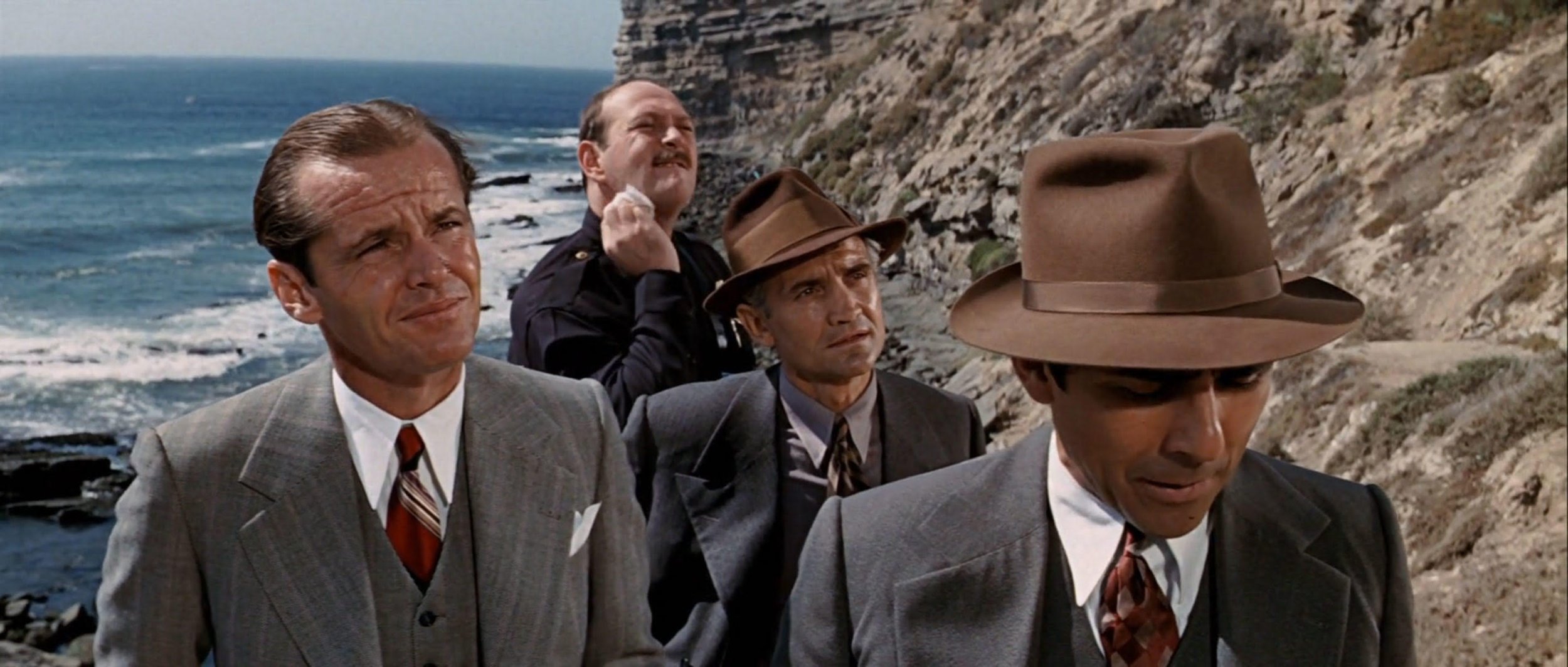Rick Senger To Share History of Film In PV By Writer and Contributor Emily McGinn
As part of the “Lectures with Lianne” series, Rick Senger will be giving a talk on July 11 at Fred Hesse Community Park about filming locations and history on the Peninsula.
Originally from Massachusetts, Senger has spent more than three decades working for various studios in Hollywood, including Sony, Columbia TriStar and Paramount. He has worked largely on the financial side of the business, which has offered him job security in the cutthroat world of show business as well as the ability to witness the behind-the-scenes aspects of the movie business.
“I was able to actually be on the lot just doing financial work, which was lovely — sort of an indirect way of seeing what happens and feeling part of it,” Senger says.
Senger has always had a fascination with film, especially the idea of film locations in his locale. He recalls one time when he snuck into a movie — “The Friends of Eddie Coyle” (1973) — as a child in his hometown in Massachusetts, and he discovered that many of the scenes were shot in his town.
“I remember having this incredible tingling in my head, realizing that these places where they filmed were places that I frequented,” Senger says. “There’s something magical about that, just that connection to film, when it’s something you've actually been around. So that's what I researched for this talk — a history of locations using PV, and it's actually stunning how many films and television productions are shot on the Peninsula.”
Senger moved to Palos Verdes about 15 years ago. In his research of local film history, Senger has come across more than 200 movies and TV shows that have filmed scenes in Palos Verdes. He finds that the coastline is especially popular, mainly because of the unique topography of the local beaches and cliffs. Palos Verdes has more rocky bluffs than sandy beaches, allowing for the illusion that a scene was shot in a faraway place.
He says that in the film industry, finding a local spot to film rather than having to travel to another location is popular because it saves money. As someone who has worked in the financial side of the film industry, Senger has seen firsthand how much of a difference it can make in a movie’s budget. Filming in a spot like Palos Verdes — which can fool viewers into believing the scene is shot overseas — can save money while preserving the film’s integrity. This is why Canada, which also has a diverse array of geologic elements, is becoming a popular filming destination, as well.
“I think [the number of films shot here] grows every year because it's sort of an interesting confluence of the location, which is remote so there aren't as many people watching and interrupting a film production, as well as the diversity of the area,” Senger says. “The geography is very conducive to fooling people into thinking it's, for instance, the Mediterranean, or it can also work as the British coast or Scotland or Japan. So it’s an inexpensive way of getting production value on a movie shoot without having to actually travel to the location.”
Plenty of popular movies over the decades have planted filming roots in Palos Verdes, ranging from early 1960s comedy “It's a Mad, Mad, Mad, Mad World” to “Pirates of the Caribbean.” Even 2022’s Tom Cruise smash hit “Top Gun: Maverick” had a scene in it where Cruise was riding his motorcycle down Paseo del Mar.
“There's something about it that it's like breaking the fourth wall, where it suddenly relates to you and somehow has more meaning when it's a place that you know,” Senger says. “Tom Cruise was at the same crosswalk you're at, and I know that's stargazing, but I think all of us are interested in it to some degree.”
The now-disassembled Wayfarers Chapel has also been a hotspot for various television shows over the years.
In his own experiences and research, Senger has found new connections with film by recognizing local filming locations, and he is looking forward to sharing that with the community.
“I think a lot of people will be surprised at how many things may be filmed in their backyard, maybe just down the street from them, that they really weren't aware of,” he says. “That's what surprised me when I was initially looking at this years ago.”
He also views film as a way of preserving history in some ways, since older movies act as a time capsule for what an area looked like at the time. He recalls one film called “Gone in 60 Seconds,” originally shot in 1974 (and later remade with Nicholas Cage) that had a 45-minute car chase throughout San Pedro. That scene acts almost like a historical document, showcasing what 1974 San Pedro looked like.
“I think it's something that's relatable to everyone. Not everyone loves the same movies, but we all love movies, and they’re something that we all have a common shared experience about. As they tear down all the buildings, especially in Hollywood, and all the beautiful history that we have, movies are becoming one of the documents of our past,” Senger says. “It is a history, and even though it's telling stories, it's also telling the story of our past.”
Bio:
Emily McGinn is a journalist based in the Los Angeles area. She enjoys reporting on and writing about a variety of topics from lifestyle to news, especially in her areas of specialty, environmental science and political science.






